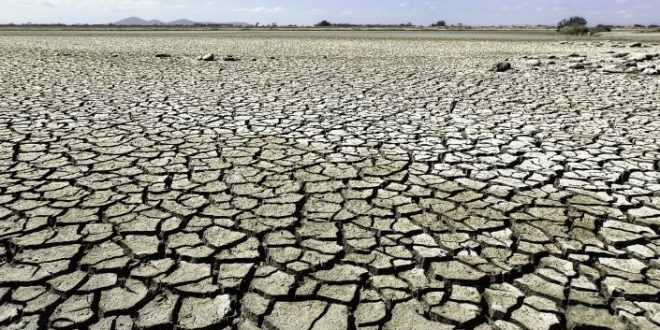Climate change is now influencing all extreme weather events – with some of the most severe climate impacts occurring in 2016.
The Climate Council report ‘Cranking Up The Intensity: Climate Change and Extreme Weather Events’ finds that while the links between climate change and some extreme weather events such as bushfires and heatwaves are well-established, the evidence linking climate change to storms and heavy rainfall is also growing.
The report also finds extreme weather events are projected to worsen across Australia as the climate warms further, with varying impacts for each state.
“It’s no longer a question of if climate change is influencing an extreme weather event but to what extent,” climate scientist Professor Will Steffen said.
“All extreme weather events are now occurring in an atmosphere that is hotter and wetter than it was sixty years ago. There is more energy in the system to drive more extreme weather.”
The report finds:
- Records were broken right across the world in 2016 with eight 1-in-500 year storms in the US, record flooding events in China and Europe and the hottest year on record globally for the third year in a row.
- In September 2016, South Australia experienced a 1-in-50 year supercharged storm event.
- Extreme heat is projected to increase across the whole of Australia, with significant increases in the length, intensity and frequency of heatwaves in many regions.
- The time spent in drought is projected to increase across Australia, especially in southern Australia. Extreme drought is expected to increase in both frequency and duration.
- Southern and eastern Australia are projected to experience harsher fire weather.
- The intensity of extreme rainfall events is projected to increase across most of Australia.
“We have to redefine a 1 in 100 or 1 in 50 year fire or flood, these events are now happening more frequently. We need to make sure our infrastructure is up to the task.”
Climate Councillor Professor Hilary Bambrick, an epidemiologist and an expert on the health impacts of climate change, said more extreme weather events would put Australia’s most vulnerable at risk.
“Extreme heat, like other extreme weather events, has clear detrimental impacts on individual and community health. We have seen that this summer as a number of Australians have been admitted to hospital with heat related illnesses,” she said.
“While we can make our health services more resilient to coping with extreme weather events, an ounce of prevention is worth a pound of a cure.
“Ultimately to protect Australians from worsening extreme weather events and to do our fair share in the global effort to tackle climate change, we have to cut our emissions quickly and deeply.
“Australia’s pollution is continuing to rise while global emissions flatline. The energy, business and environment sectors are in agreement about the need for a strong federal policy mechanism to encourage an orderly closure of Australia’s ageing coal-fired power stations to make way for modern, clean and efficient renewables.
“The only thing standing in the way of Australia getting on the path to tackling climate change is political will.”
Agencies/Canadajournal
 Canada Journal – News of the World Articles and videos to bring you the biggest Canadian news stories from across the country every day
Canada Journal – News of the World Articles and videos to bring you the biggest Canadian news stories from across the country every day



